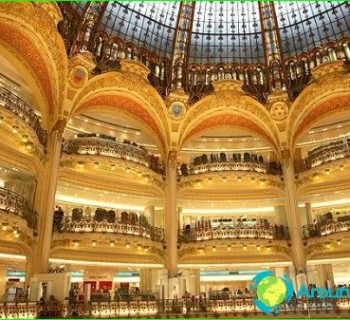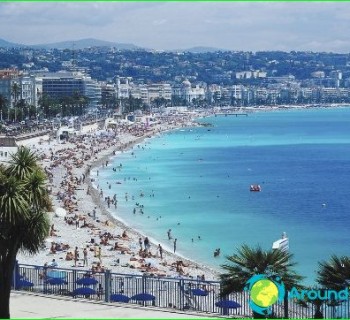Strasbourg history
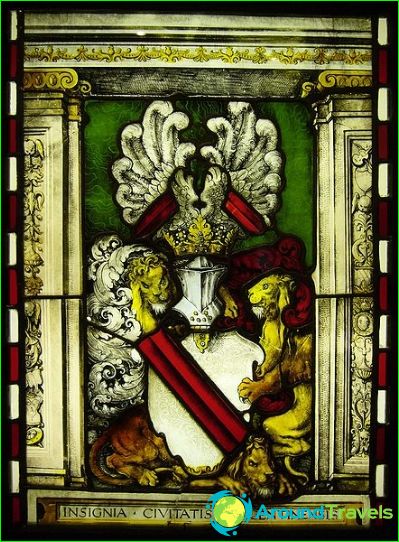
The territory on which modern Strasbourg is located is located in the Rhine Valley and was inhabited already in the Bronze Age due to its advantageous geographical position. At the end of the 3rd century BC. there was a Celtic settlement called Argentorat. In 58 BC. Julius Caesar defeated the Celts and Alsace falls under the rule of Rome. A number of fortresses appeared, among which was Strasbourg. However, already in the 5th century A.D. civil wars began, as a result of which Strasbourg was annexed to the Frankish kingdom. In 870 the kingdom of the Carolingians disintegrates and Alsace, together with Strasbourg, is part of the Holy Roman Empire.
In the 12th century, construction of a cathedral began in Strasbourg. By this time, the number of citizens in the city was 10 thousand people. The growing influence of wealthy Strasbourg led to an increase in the status of the city and in 1201 the Holy Roman Emperor granted Strasbourg the status of a "free city", and in 1262 Strasbourg became a republic. However, despite the self-government, internal conflicts in the city did not stop. Several noble families vied for control of the city, and in 1322 a civil war ensued. The clans could not agree among themselves, and the city craft workshops took over the power..
In 1348-49, a plague swept across the country. 15 thousand people out of 40 thousand of the population died in the city. During the epidemic, a rumor was spread that the Jews had poisoned the water in the wells. A wave of pogroms swept through the city, more than two thousand Jews died, the rest were baptized under threat of death. After that, a law was passed prohibiting Jews from living in the city. This ban was in effect until the French Revolution..
In the second half of the XIV century, Strasbourg receives the status of an "imperial free city". A period of flourishing of culture begins. Temples are being built, the well-being of the townspeople is growing thanks to trade. In the 15th century, the construction of the cathedral was completed.
In 1681, the army of the king of France besieges Strasbourg and forces the city to recognize the rule of the French king Louis XIV. From that time on, Strasbourg became part of France. A French garrison appears in the city. The city fortifications are being modernized under the leadership of the famous military engineer Vauban.
The French Revolution of 1789 was greeted with joy by the townspeople. Strasbourg went down in history as the city where the Marseillaise was first performed.
In 1871, the city capitulates to Prussia and becomes the capital of the imperial land of Alsace-Lorraine. However, the townspeople could not forget France. As soon as the First World War ends, the city rejoins France. At the start of World War II, the French government evacuates 120,000 people from Strasbourg, but the rapid defeat of France in this war and an armistice with Germany encourages Alsace and Lorraine to join the German provinces. In 1944, Anglo-American troops liberated Strasbourg without any special complications and hoisted a French flag over the dome of Strasbourg Cathedral..
After the war, Strasbourg regained its European significance and in 1949 the city was elected the headquarters of the European Council, and since 1979 the European Parliament has settled there..
Pictures of Strasbourg
Stained glass window with the coat of arms of Strasbourg
Medieval Great Seal of Strasbourg
View of Strasbourg in 1644
Strasbourg Cathedral
City fortifications and bridges of Strasbourg
Half-timbered houses of "Little France"
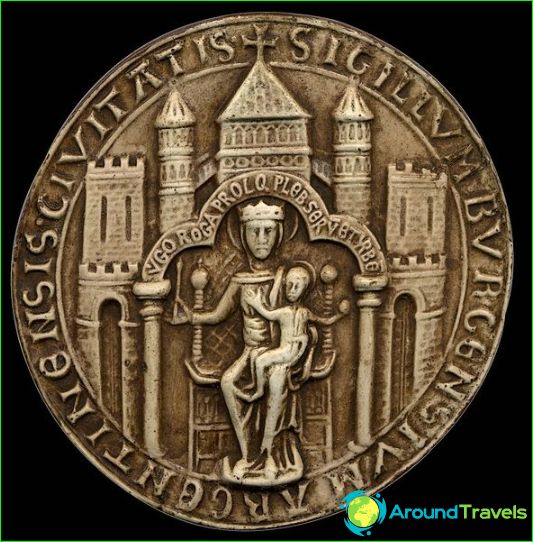 Medieval Great Seal of Strasbourg
Medieval Great Seal of Strasbourg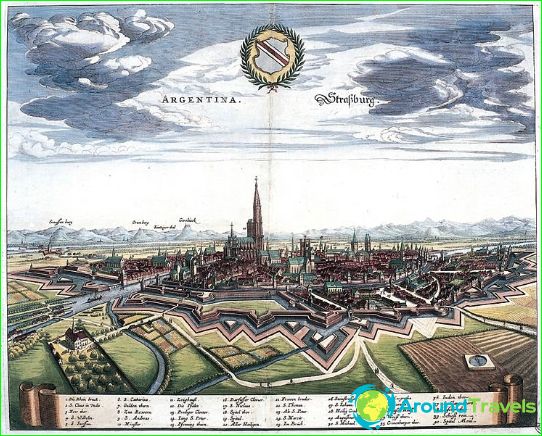 View of Strasbourg in 1644
View of Strasbourg in 1644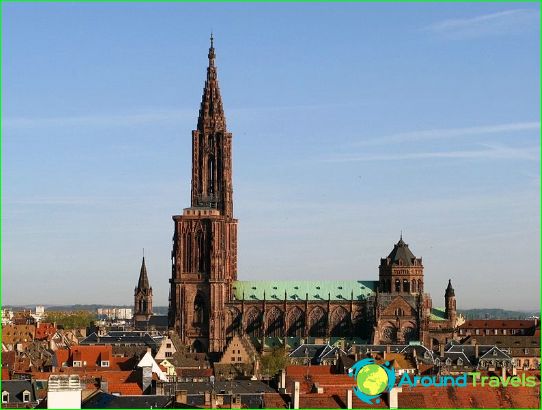 Strasbourg Cathedral
Strasbourg Cathedral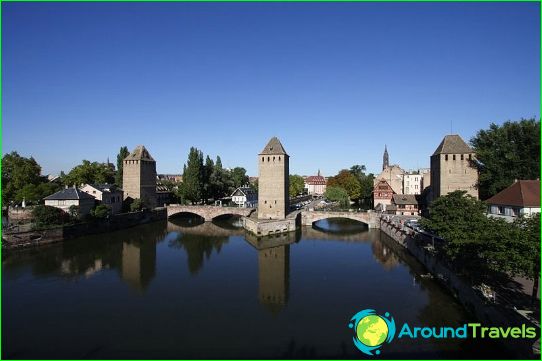 City fortifications and bridges of Strasbourg
City fortifications and bridges of Strasbourg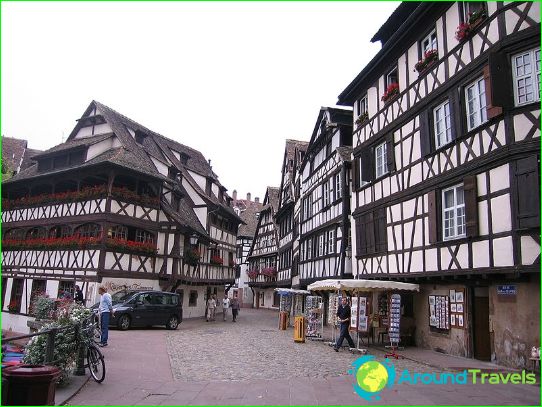 Half-timbered houses of "Little France"
Half-timbered houses of "Little France"